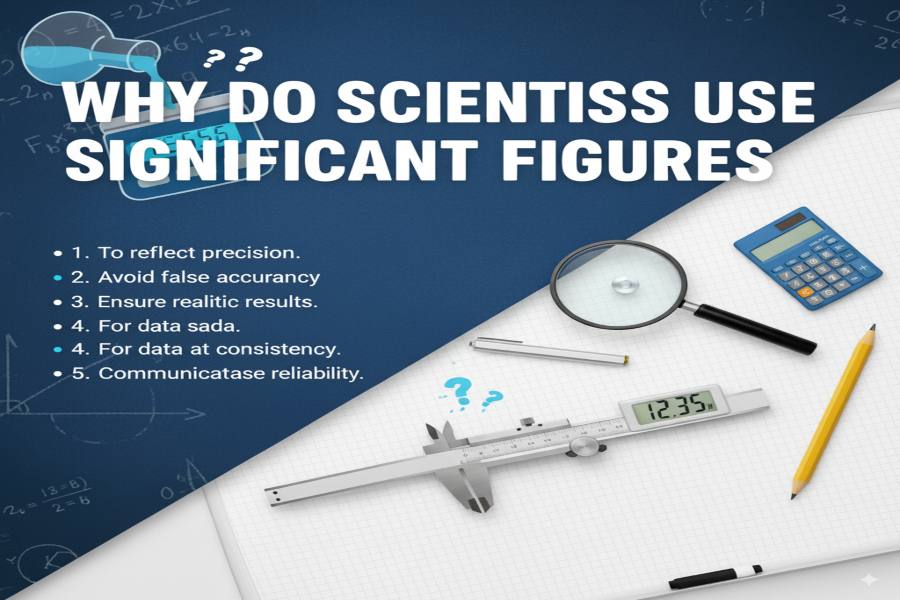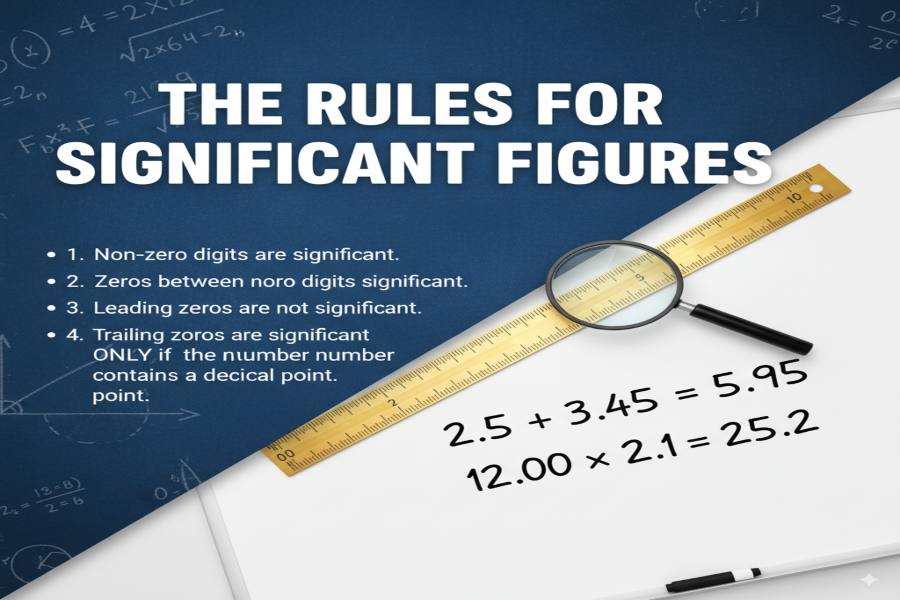SigFig Calculator
Calculate significant figures, convert between notations, and perform operations while preserving sig figs.
Rule 1: Non-zero digits
All non-zero digits are significant.
Rule 2: Zeros between non-zero digits
Zeros between non-zero digits are significant.
Rule 3: Leading zeros
Leading zeros are never significant.
Rule 4: Trailing zeros
Trailing zeros after a decimal point are significant.
Rule 5: Trailing zeros without decimal
Trailing zeros in a whole number are ambiguous unless indicated otherwise.
Operations with Significant Figures
- Addition/Subtraction: Result has the same number of decimal places as the term with the fewest decimal places.
- Multiplication/Division: Result has the same number of significant figures as the term with the fewest significant figures.
Key Features
Discover what makes our significant figure calculator the best tool for your scientific calculations
Accurate Counting
Precisely count the number of significant figures in any numerical value, including scientific notation.
Mathematical Operations
Perform addition, subtraction, multiplication, and division while maintaining proper significant figure rules.
Educational Explanations
Learn why a number has a specific count of significant figures with detailed explanations.
Mobile Friendly
Access our calculator on any device with a fully responsive design that works on smartphones, tablets, and desktops.
How To Use Our Calculator
Follow these simple steps to get accurate results with our significant figure calculator
Enter Your Number
Type the number you want to analyze in the input field. You can use standard notation (123.45) or scientific notation (1.2345 × 10^2).
Click Calculate
Press the calculate button to process your input. Our algorithm will analyze the number according to standard significant figure rules.
View Results
The calculator will display the number of significant figures and provide an explanation of how it determined the result.
Significant Figure Examples
Learn through these practical examples how significant figures work in different scenarios
Example 1: Counting Sig Figs
Number: 0.00340
Significant Figures: 3
Example 2: Scientific Notation
Number: 5.670 × 10^3
Significant Figures: 4
Example 3: Addition
12.52 + 1.7
Result: 14.2
Example 4: Multiplication
2.4 × 3.17
Result: 7.6
Practice Problems
Test your knowledge with these interactive practice problems on significant figures
Problem 1: Counting Significant Figures
Problem 2: Addition Rule
Problem 3: Multiplication Rule
Compare Calculators
See how our significant figure calculator compares to other options available online
| Features | SigFigCalculator.io | Basic Calculators | Other Sig Fig Tools |
|---|---|---|---|
| Accurate counting of 0.00X numbers | |||
| Scientific notation support | |||
| Detailed explanations | |||
| Mobile responsive design | |||
| Addition/subtraction with sig fig rules | |||
| Multiplication/division with sig fig rules | |||
| Practice problems | |||
| Free to use |
Scientific Applications
Discover how significant figures are used in various scientific fields

Chemistry Applications
In chemistry, significant figures are crucial for reporting measurements from lab equipment and ensuring accurate calculations in chemical reactions and stoichiometry.

Physics Applications
Physicists use significant figures to maintain precision in experimental measurements, calculations of physical constants, and theoretical predictions.

Engineering Applications
Engineers rely on significant figures to ensure precision in design specifications, material properties, and structural calculations.
What Our Users Say
Hear from students, teachers, and professionals who use our calculator



Frequently Asked Questions
Find answers to common questions about significant figures and our calculator
Follow these rules to identify significant figures:
- All non-zero digits are significant (1-9)
- Zeros between non-zero digits are significant
- Leading zeros (zeros before the first non-zero digit) are NOT significant
- Trailing zeros after a decimal point ARE significant
- Trailing zeros in a whole number are ambiguous unless written in scientific notation
Different operations have different rules:
- Addition and Subtraction: The result should have the same number of decimal places as the measurement with the fewest decimal places.
- Multiplication and Division: The result should have the same number of significant figures as the measurement with the fewest significant figures.
- Logarithms: The number of significant figures in the mantissa (decimal part) of the result equals the number of significant figures in the original number.
- Exponentiation: The result should have the same number of significant figures as the base number.





